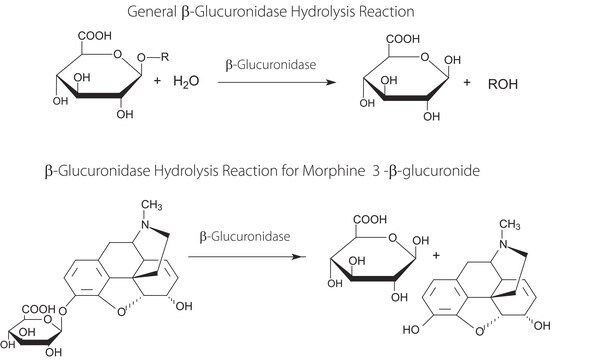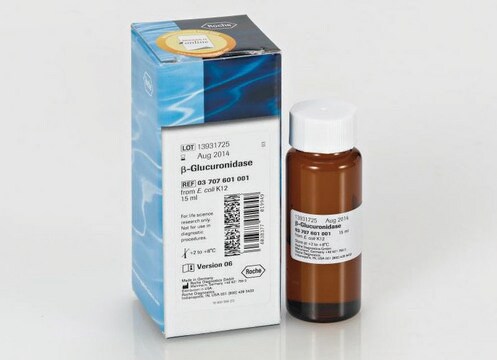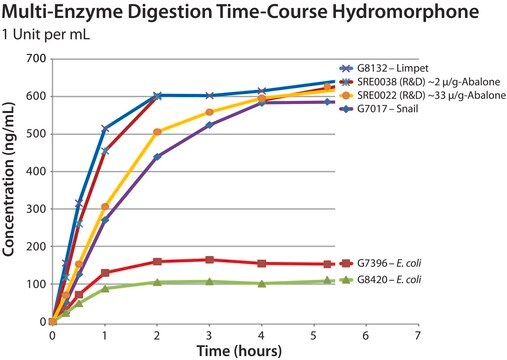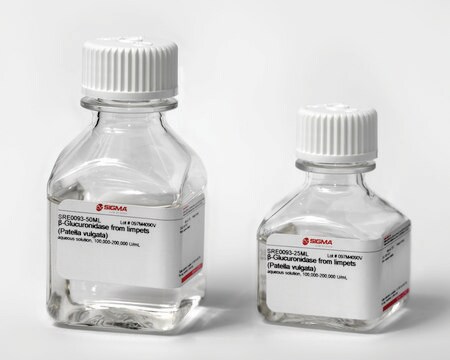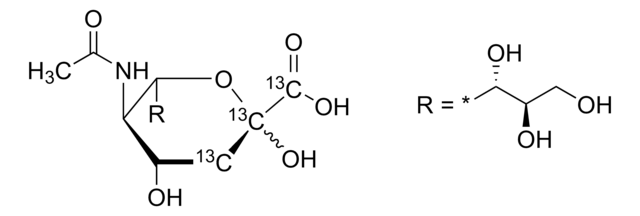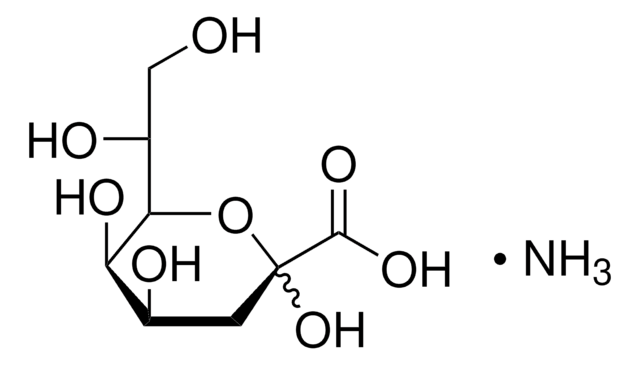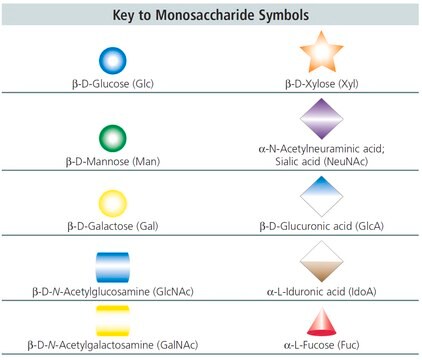Key Documents
G9793
N-Glycolylneuraminic acid
≥95% (HPLC), semisynthetic
Synonim(y):
Neu5Glc, NeuNGl
About This Item
Polecane produkty
pochodzenie biologiczne
semisynthetic
Poziom jakości
Próba
≥95% (HPLC)
Postać
powder
metody
LC/MS: suitable
zanieczyszczenia
water (Karl Fischer)
kolor
white
rozpuszczalność
water: soluble 20 mg/mL
przydatność
suitable for LC-MS
Zastosowanie
metabolomics
temp. przechowywania
−20°C
ciąg SMILES
[H][C@]1(O[C@@](O)(C[C@H](O)[C@H]1NC(=O)CO)C(O)=O)[C@H](O)[C@H](O)CO
InChI
1S/C11H19NO10/c13-2-5(16)8(18)9-7(12-6(17)3-14)4(15)1-11(21,22-9)10(19)20/h4-5,7-9,13-16,18,21H,1-3H2,(H,12,17)(H,19,20)/t4-,5+,7+,8+,9+,11-/m0/s1
Klucz InChI
FDJKUWYYUZCUJX-AJKRCSPLSA-N
Szukasz podobnych produktów? Odwiedź Przewodnik dotyczący porównywania produktów
Opis ogólny
In humans, the absence of endogenous production results from a gene mutation affecting CMP-Neu5Ac hydroxylase, the enzyme responsible for converting N-acetylneuraminic acid into Neu5Gc. However, Neu5Gc can accumulate in human cells through external ingestion from dietary sources like red meat and dairy products. N-Glycolylneuraminic acid is a versatile compound that finds application in cell biology, metabolomics and biochemical research
Zastosowanie
- as a sugar in microtiter biofilm methodologic approach for the enhancement of biofilm formation
- as a standard for the determination of sialic acids in the nervous system of silkworm and to find the variations of sialic acids among different developmental stages.
- as a standard in the high-performance liquid chromatography (HPLC) analyses to detect the molecular species of sialic acid (Sia) species using 1,2-diamino-4,5-methylenedioxy-benzene (DMB) as a fluorogenic compound
Działania biochem./fizjol.
Cechy i korzyści
- Ideal for Metabolomics, Biochemical and Cell Biology research
- Versatile and adaptable for wide variety of laboratory and research applications
Inne uwagi
produkt podobny
Kod klasy składowania
11 - Combustible Solids
Klasa zagrożenia wodnego (WGK)
WGK 3
Temperatura zapłonu (°F)
Not applicable
Temperatura zapłonu (°C)
Not applicable
Środki ochrony indywidualnej
Eyeshields, Gloves, type N95 (US)
Certyfikaty analizy (CoA)
Poszukaj Certyfikaty analizy (CoA), wpisując numer partii/serii produktów. Numery serii i partii można znaleźć na etykiecie produktu po słowach „seria” lub „partia”.
Masz już ten produkt?
Dokumenty związane z niedawno zakupionymi produktami zostały zamieszczone w Bibliotece dokumentów.
Klienci oglądali również te produkty
Nasz zespół naukowców ma doświadczenie we wszystkich obszarach badań, w tym w naukach przyrodniczych, materiałoznawstwie, syntezie chemicznej, chromatografii, analityce i wielu innych dziedzinach.
Skontaktuj się z zespołem ds. pomocy technicznej
